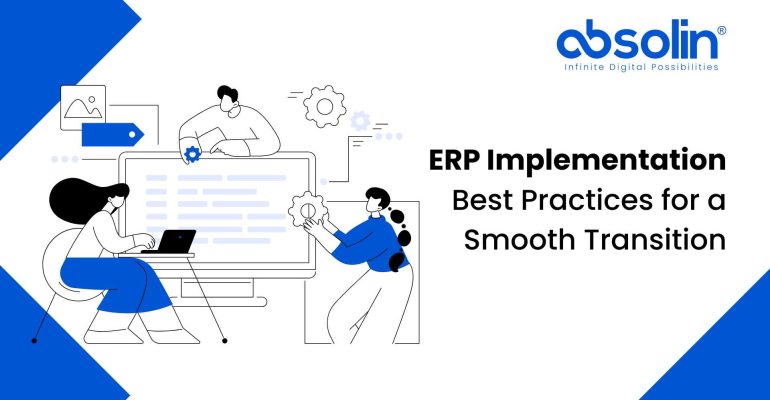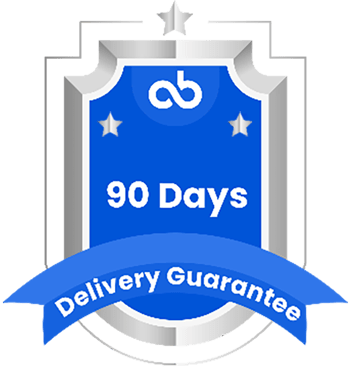ERP Implementation: Best Practices for a Smooth Transition
Implementing an Enterprise Resource Planning (ERP) system is a significant milestone for any organization. When executed properly, it can streamline operations, enhance productivity, and provide valuable insights for strategic decision-making. However, the transition to a new ERP system can be complex and challenging. To ensure a smooth implementation, it’s essential to follow best practices that can guide the process effectively.
1. Define Clear Objectives and Requirements
Before diving into the implementation process, it’s crucial to define what you want to achieve with your new ERP system. This involves:
- Identifying Business Goals: Understand how the ERP system will support your business objectives, whether it’s improving efficiency, gaining better insights, or enhancing customer service.
- Gathering Requirements: Collaborate with various departments to gather detailed requirements. This helps ensure that the ERP system aligns with the needs of all stakeholders and integrates seamlessly with existing processes.
2. Select the Right ERP System
Choosing the right ERP system is foundational to a successful implementation. Consider the following:
- Fit for Purpose: Ensure the ERP system meets your specific industry and business needs. Customizability is also crucial for accommodating unique processes.
- Scalability: Select a system that can grow with your business. Scalability is important for accommodating future needs and expansions.
- Vendor Reputation: Research and choose a vendor with a strong track record of successful implementations and robust support services.
3. Create a Detailed Implementation Plan
A well-structured implementation plan serves as a roadmap for the entire process. It should include:
- Timeline: Establish a realistic timeline with key milestones and deadlines. Allow for contingencies and adjustments as needed.
- Budget: Develop a comprehensive budget that covers all aspects of the implementation, including software costs, hardware upgrades, consulting fees, and training expenses.
- Resource Allocation: Assign a dedicated project team with clear roles and responsibilities. Include representatives from various departments to ensure all perspectives are considered.
4. Focus on Change Management
Change management is crucial for ensuring that employees adapt to the new system effectively. Key strategies include:
- Communication: Keep everyone informed about the changes, the reasons behind them, and how they will benefit from the new system.
- Training: Provide comprehensive training for all users to familiarize them with the new ERP system. Training should be tailored to different user roles and levels of expertise.
- Support: Establish a support system to assist employees during and after the transition. This can include help desks, online resources, and regular check-ins.
5. Conduct Thorough Testing
Testing is essential to ensure that the ERP system functions correctly and meets your requirements. This includes:
- System Testing: Verify that the system performs as expected under various scenarios. This includes functional testing, integration testing, and performance testing.
- User Acceptance Testing (UAT): Allow end-users to test the system in a controlled environment to ensure it meets their needs and expectations. Gather feedback and make necessary adjustments before the full rollout.
6. Data Migration and Integration
Migrating data from legacy systems to the new ERP system is a critical step. Ensure the following:
- Data Accuracy: Validate and clean your data before migration to avoid transferring errors and inconsistencies.
- Integration: Ensure that the ERP system integrates seamlessly with other systems and applications used within the organization. This includes CRM systems, financial software, and any other relevant tools.
7. Monitor and Optimize Post-Implementation
The implementation process doesn’t end with the system going live. Ongoing monitoring and optimization are essential:
- Performance Monitoring: Regularly monitor system performance and address any issues that arise. Track key metrics to ensure the system is meeting its objectives.
- Continuous Improvement: Gather feedback from users and make necessary improvements. Continuous optimization helps ensure the system remains effective and aligned with evolving business needs.
Conclusion
A successful ERP implementation requires careful planning, clear objectives, and a focus on change management. By following these best practices, you can navigate the complexities of ERP implementation and achieve a smooth transition that delivers long-term benefits for your organization. Remember, the key to a successful ERP implementation is not just in the technology but in how well it is integrated into your business processes and embraced by your team.







